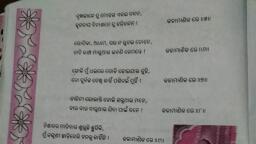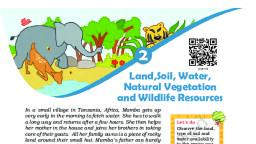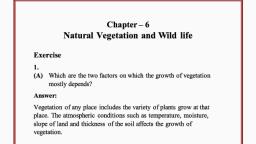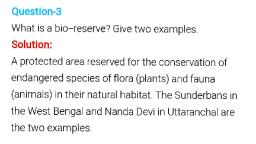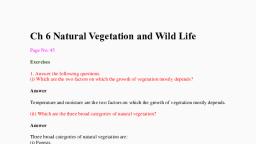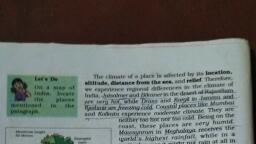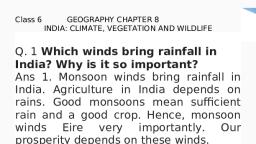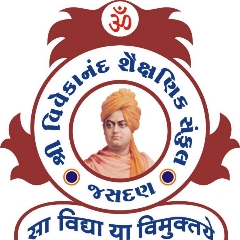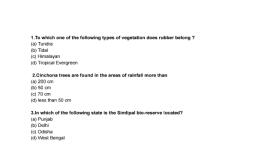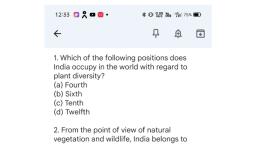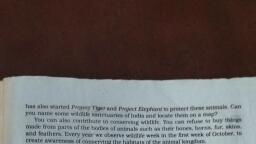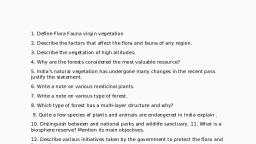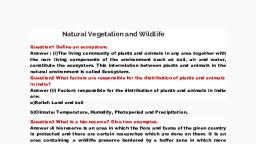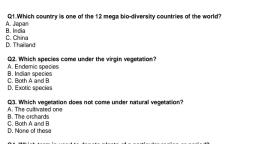Page 1 :
Let's Do, , On a map of, , India, locate, , the places, Mentioned in the, paragraph., , , , Movwsericeens Hoelghit, OL) Metres, , , , forneryert, layer, , Caney, , Shri, layer, , igure B), , Tropical Rain Forests, , furniture,, , The climate of a place \s affected ‘, altitude, distance trout the sea, and relief. The refore, we experience regional differences in, India. Jalsalmer and $, are very hot, while Drass and Kargi in ian, Kashunir are freezing cold. Coastal places like, id Kolkata experience mode, , { by its location,, , the climate of, Bikaner in the desert of ae, Mumbat, rate climate. They are, neither too hot nor too cold. Being on =, coast, these places are very Yasstve, Mawsynram in Meghalaya ipo biig *, world’s highest rainfall, while a a, particular year it might not rain ata, Jaisalmer in Rajasthan., . 7, NATURAL VEGETATION, We see a variety of plant life, surroundings. How nice it is to play in a, field with green grasses. There are also, small plants called bushes and shrubs like, cactus and flowering plants etc. Besides, there are many tall trees some with many, branches and leaves like neem, mango or, some which stand with few leaves such, as palm. The grasses, shrubs and trees,, which grow on their own without, interference or help from human beings, are called natural vegetation. Do you, wonder how these differ from each other., Different types of natural vegetation are, dependent on different climatic, conditions, among which the amount of, rainfall is very important., , Due to varied climatic conditions, India, has a wide range of natural vegetation., , in our, , Why are Forests Necessary?, , Forests are very useful for us. They, , perform various functions. Plants release, , oxygen that we breathe and absorb carbon, , dioxide. The roots of the plants bind the, , soil; thus, they control soil erosion., Forests provide us with timber for, , fuel wood, fodder, medicinal plants and, , herbs, lac, honey, gum, etc.




